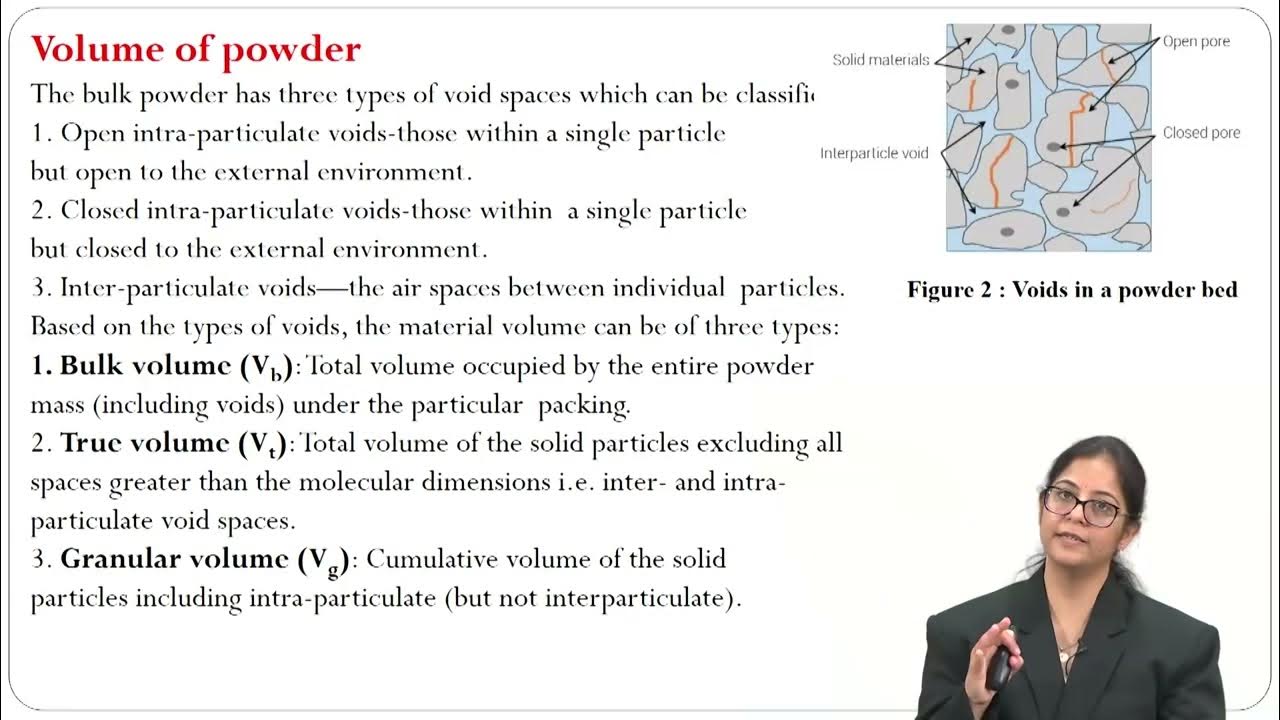Rheology Part 2 - Deformation Forces - A Video Tutorial by samMorell.com
Summary
TLDRThis video delves into the science of rheology, focusing on the flow behavior of materials under applied forces. It covers key concepts such as shear stress, shear rate, and viscosity, explaining their interrelationship. The video illustrates how different deformation forces, like tension, compression, torsion, and shear, affect material behavior. By using simple analogies like water flowing through a pipe and a golf ball being hit, the content clarifies how viscosity changes with varying shear stress and shear rate. The upcoming video will further explore viscosity in different flow behaviors, such as Newtonian and non-Newtonian fluids.
Takeaways
- 😀 Rheology is the study of a material's flow behavior under applied deformation forces or stress.
- 😀 Different deformation forces include tension, compression, bending, torsion, and shear, all of which affect materials in different ways.
- 😀 Shear forces, which are unaligned forces pushing parts of a material in opposite directions, are the focus of the next part of the video series.
- 😀 Shear rate is the velocity difference between two layers of a material divided by their relative distance, and it plays a key role in understanding flow behavior.
- 😀 Shear stress is the force applied per unit area, and it directly relates to shear rate to define the viscosity of a material.
- 😀 Viscosity is defined as the ratio of shear stress to shear rate, indicating how resistant a material is to flow.
- 😀 Water and honey are examples of materials with different viscosities; water has a lower viscosity, requiring less force to flow, while honey requires more force.
- 😀 Shear rate can be simplified to reciprocal seconds, and viscosity is commonly measured in poise or centipoise.
- 😀 A golf stroke analogy is used to demonstrate how more force is needed to move a material (like a golf ball) through more viscous mediums.
- 😀 If more shear stress is applied to achieve the same shear rate, the viscosity of the material is higher, and conversely, less shear stress indicates lower viscosity.
Q & A
What is rheology?
-Rheology is the study of a material's flow behavior under applied deformation forces or stress. It focuses on how materials flow and form when subjected to various external forces.
What are the essential deformation forces mentioned in the script?
-The essential deformation forces are tension, compression, bending, torsion, and shear. These forces impact the behavior of materials in different ways.
What is shear rate and how is it measured?
-Shear rate is the difference in velocity between two layers within a material, divided by their relative distance. It is measured in reciprocal seconds (1/s) and reflects how quickly one layer moves compared to another.
How does shear stress relate to viscosity?
-Viscosity is the ratio of shear stress to shear rate. Shear stress is a force applied over a specific area, while shear rate describes the velocity difference between two layers within the material.
What is the significance of viscosity in material flow?
-Viscosity determines how easily a material flows under applied stress. A higher viscosity means the material resists flow more and requires more force to move, while a lower viscosity means the material flows more easily.
How does the analogy of a golf ball help explain deformation forces?
-When you strike a golf ball, a small force (stress) causes it to travel at a slow rate. However, in a sand trap, the higher viscosity of the medium requires a greater force to achieve a similar speed, highlighting the relationship between force, flow rate, and viscosity.
What are the units of shear stress and how are they measured?
-Shear stress is measured as force per unit area, and its units can include pounds per square inch (psi), Newtons per square meter (N/m²), or Dynes per square centimeter (Dyne/cm²).
How is viscosity related to the shear stress and shear rate equation?
-Viscosity is calculated by dividing shear stress by shear rate. This relationship means that for a given material, higher shear stress leads to higher viscosity, while a higher shear rate results in a lower viscosity, assuming shear stress remains constant.
What does the term 'shear stress' refer to?
-Shear stress refers to the force applied to a material per unit area. It can be measured in various units such as pounds per square inch, Newtons per square meter, or Dynes per square centimeter.
What will be covered in the next video of the series?
-In part 3 of the video series, the focus will be on flow behavior and viscosity in relation to shear rate, along with examples of systems that demonstrate Newtonian, pseudo-plastic, dilatant, and thixotropic flow behaviors.
Outlines

This section is available to paid users only. Please upgrade to access this part.
Upgrade NowMindmap

This section is available to paid users only. Please upgrade to access this part.
Upgrade NowKeywords

This section is available to paid users only. Please upgrade to access this part.
Upgrade NowHighlights

This section is available to paid users only. Please upgrade to access this part.
Upgrade NowTranscripts

This section is available to paid users only. Please upgrade to access this part.
Upgrade NowBrowse More Related Video

Rheology Part 1 - Introduction - A Video Tutorial by samMorell.com

Rheology Part 3 - Flow Profiles - A Video Tutorial by samMorell.com

Why is ketchup so hard to pour? - George Zaidan

Introduction to Engineering Mechanics

BE3002 Transport Phenomena in Biosystem Module 2_Segment 4

Fundamentals of Pharmaceutical Processes Compaction
5.0 / 5 (0 votes)